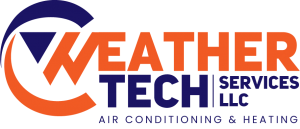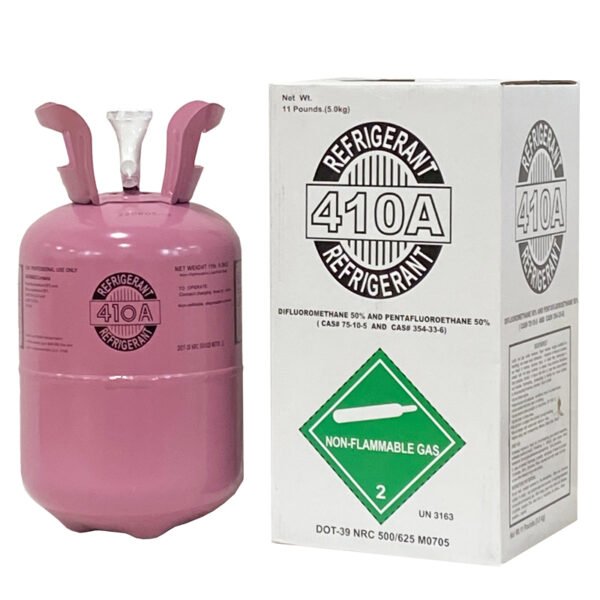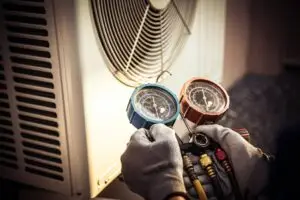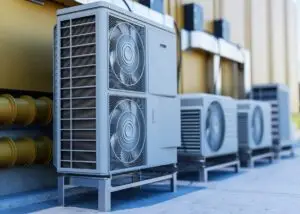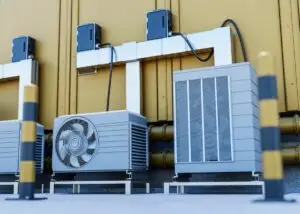What is R-410A Refrigerant?
R-410A refrigerant, also known as Puron, has been a cornerstone in residential and commercial air conditioning systems since the 1990s. Recognized for its efficiency and reliability, R-410A has helped countless systems achieve better energy efficiency compared to its predecessor, R-22. Its composition does not contribute to ozone depletion, which marked a significant step forward in environmental responsibility for cooling technologies.
Why is R-410A Refrigerant Being Phased Out?
Despite its ozone-friendly properties, R-410A refrigerant is not free from environmental impact. It is classified as a hydrofluorocarbon (HFC), which contributes significantly to global warming. In response to growing environmental concerns and global agreements to reduce greenhouse gases, the phase-out of R-410A is underway to pave the way for more sustainable alternatives that have lower global warming potentials (GWP).
How to Identify If You Have R-22 or R-410A Refrigerant?
Determining whether your air conditioning system uses R-22 or R-410A refrigerant is crucial for maintenance and compliance with environmental regulations. Typically, you can find this information on the data plate attached to your outdoor unit. R-22 systems are generally older and might need more frequent servicing. In contrast, R-410A systems are newer but are now also subject to phase-out regulations.
Should I Repair or Replace an R-410A System?
The decision to repair or replace an R-410A air conditioning system hinges on several factors. Consider the age of your system, its current efficiency, repair costs, and potential benefits of newer technology. Repairing might be cost-effective in the short term, but as R-410A begins to phase out, replacement parts might become scarce and expensive. Replacement, on the other hand, could offer long-term savings, enhanced comfort, and compliance with upcoming regulations.
Which New Refrigerant Will Replace R-410A?
The successors to R-410A are refrigerants like R-32 and R-454B, known for their lower global warming potentials. These new refrigerants support the industry’s shift towards sustainability and offer comparable performance with reduced environmental impact. Transitioning to systems that utilize these advanced refrigerants will be crucial as we move toward greener alternatives.
Making the Right Decision: Repair or Replace?
When facing a system failure, the decision to invest in repairs or a full replacement can be daunting. Here are a few considerations to guide you:
- Age and Condition: If your system is near the end of its expected lifespan (around 10-15 years), replacement might be more economical.
- Cost of Repairs: Compare the cost of repairs to the price of a new system. If repairs exceed 50% of the cost of a new unit, replacement may be a better investment.
- Energy Efficiency: Newer models are significantly more energy-efficient and could reduce your energy bills, offering savings that help offset the initial investment over time.
- Environmental Impact: Choosing a system with a low GWP refrigerant reduces your carbon footprint and aligns with global environmental goals.
Conclusion
Understanding the implications of R-410A refrigerant and its phase-out is essential for making informed decisions about your air conditioning system. As you navigate these changes, consider both the environmental impact and the potential for increased efficiency and cost savings with newer technologies. Whether you opt to repair or replace, prioritizing eco-friendly options will not only benefit the planet but also enhance your home’s comfort and resale value.
